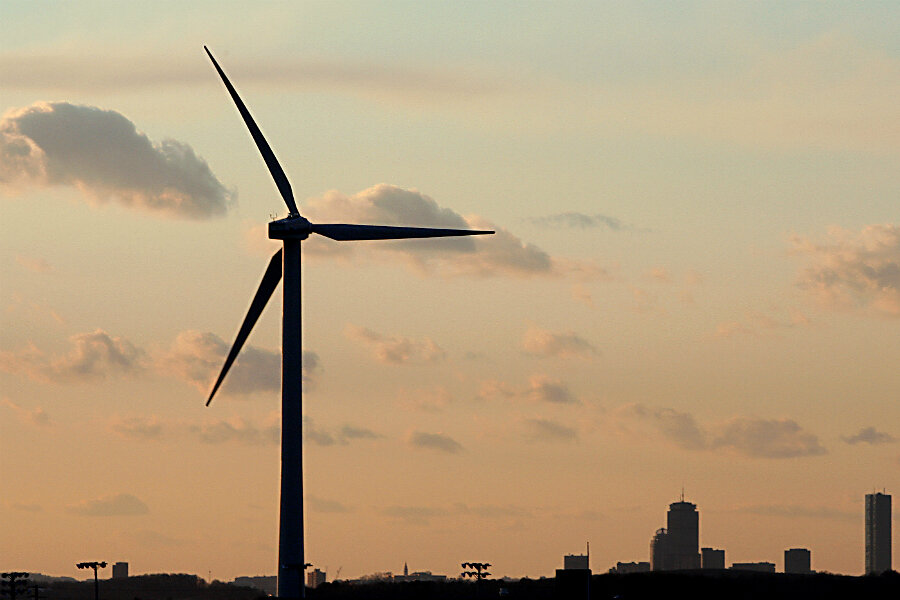Sweden is moving closer to becoming fossil-fuel free
Loading...
The Swedish government is taking steps to move the country away from fossil fuels.
In its autumn budget statement, announced in September, the government said it would be spending 4.5 billion kronor (about $545 million) next year on renewable energy and climate-change action.
The government plans to invest in solar cells and "green cars" and to increase environmental taxes. Sweden also plans to spend more money in green projects abroad such as creating green infrastructure in developing countries.
Nordic countries already lead the world in renewable energy. Sweden generates around two-thirds of its electricity through renewable sources, according to the Independent. Norway and Iceland rank even higher, even though Norway is also Europe's biggest oil producer.
In a speech to the Swedish Parliament in which he announced these green policies, Swedish Prime Minister Stefan Löfven said: "Children should grow up in a toxin-free environment – the precautionary principle, the removal of dangerous substances and the idea that the polluter should pay are the basis of our politics."
The move comes just a couple of months ahead of the United Nations Paris Climate Change Conference, which is aimed at producing a global agreement to cut greenhouse-gas emissions.
“With the investment going into green energy and the no-nonsense position of the government on polluters, Sweden is aiming to set an example to other countries at the upcoming UN conference,” the Independent reports.
“2015 is our opportunity, a chance to, in dialogue with all the countries of the world, change course towards a new development path where we can succeed in generating welfare for all, not at the planet’s cost but in cooperation with it,” commented Johan Rockström one of the Swedish Prime Minister’s key advisers, of Sweden's role in Paris.
Sweden is just one of many nations around the world that is getting behind renewable energy.
Recently, India, the world’s third-largest carbon polluter, unveiled a plan that aims to make its economy more energy-efficient and to cut carbon emissions. In this significant shift, the Indian government said that it also intends to produce about 40 percent of its electricity in 2030 from “non-fossil-fuel based sources” such as solar, wind, and hydropower.
Closer home, earlier this year, Hawaii set a goal of generating 100 percent of its electricity from renewable resources no later than 2045. Recently, Costa Rica achieved an extraordinary clean energy milestone by running solely on renewable energy for more than 75 days, and in the month of July Denmark generated 140 percent of its electricity demand from wind power.







